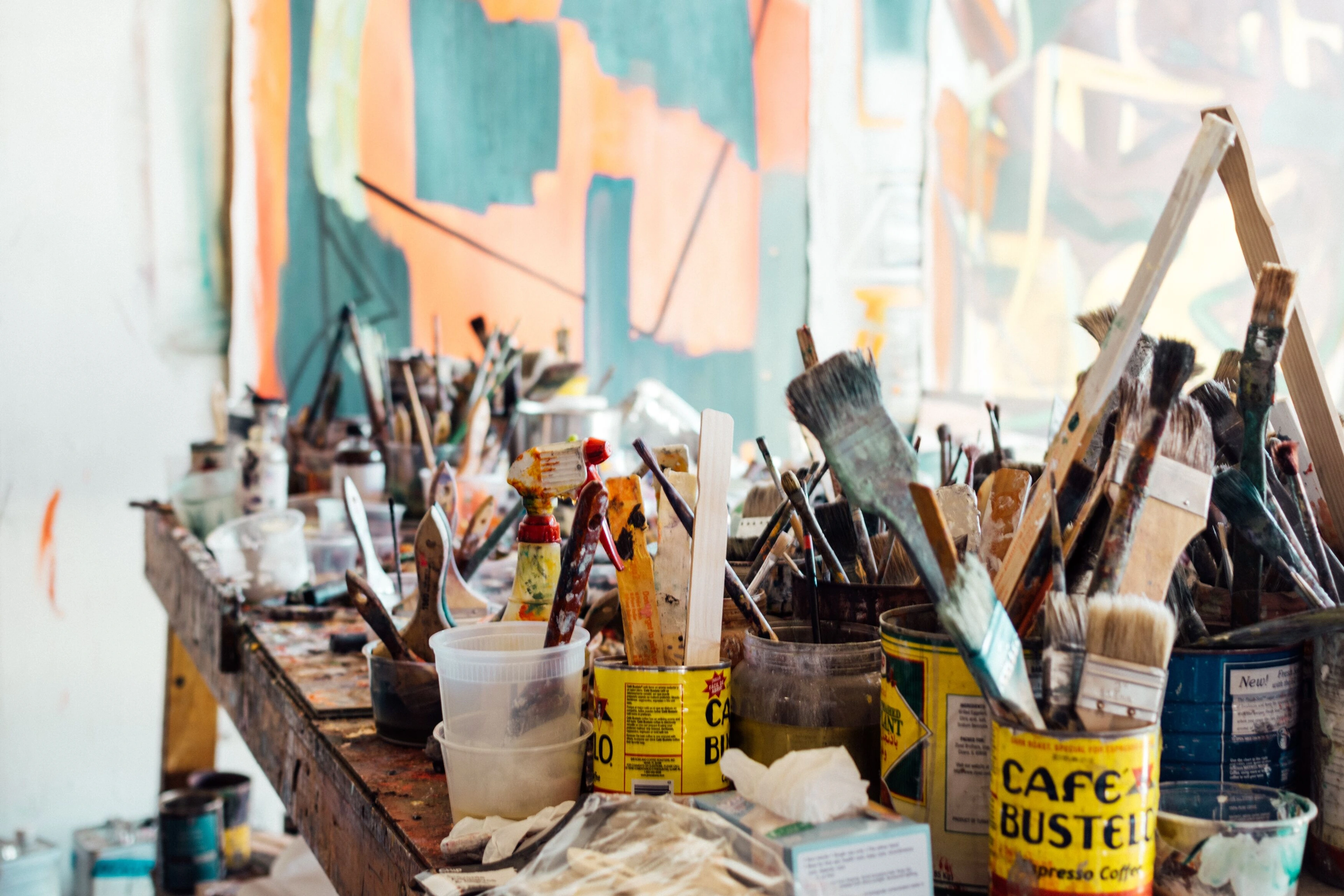
Contemporary Art in Spanish-Speaking Countries: A Personal Journey & Guide
Dive into the vibrant world of contemporary art from Spain and Latin America through my personal journey. Explore key artists, themes, historical context, regional scenes, collecting insights, and the unique energy of these dynamic art landscapes.
Contemporary Art in Spanish-Speaking Countries: A Personal Journey into Vibrant Scenes
There's something about Spanish-speaking cultures that just feels vibrant, isn't there? A certain passion, a flair for the dramatic, a deep connection to history and emotion. When I think about contemporary art coming out of Spain and Latin America, I feel a similar energy. It's not just paint on canvas; it's a conversation, a protest, a celebration, a quiet whisper, or sometimes, a shout you can't ignore. It's an art that often feels deeply human, raw, and unafraid to confront difficult truths.
For a long time, my art journey felt a bit... Eurocentric, I guess? All the big names, the movements I learned about first, seemed to point back to Paris, London, New York. And don't get me wrong, that art is incredible! But there's a whole world out there, buzzing with creativity, and the Spanish-speaking art scene is one of the most dynamic. It's a vast landscape, stretching from the bustling galleries of Madrid to the vibrant street art of Buenos Aires, the conceptual depth of Mexico City to the unique voices emerging from smaller towns and communities. Trying to wrap your head around it all can feel a bit like trying to catch smoke – exciting, but elusive. (Trust me, I've tried. It's messy, and you end up smelling faintly of disappointment and turpentine). But that's part of the fun, right? The discovery.
I remember standing in a small gallery in Barcelona years ago, completely captivated by a piece that felt both ancient and utterly modern. It wasn't by a name I knew, but the raw emotion, the layers of history woven into the material... it just spoke to me in a way I hadn't experienced before. That moment really opened my eyes to the incredible depth and diversity waiting to be explored beyond the usual suspects. It felt like stepping into a conversation that had been happening for centuries, but was still urgently relevant today.
Why Spanish Contemporary Art? (A Personal Dive)
Why focus on this specific corner of the art world? Well, for me, it's about the stories. Art from these regions often carries the weight of complex histories – colonialism, political upheaval, social inequality – but it also bursts with incredible resilience, cultural richness, and innovation. Why does that resonate so deeply with me? Perhaps it's the raw honesty, the refusal to look away from pain or injustice. It reminds me that art isn't just about beauty; it's a vital tool for processing the world, for remembering, and for demanding change. It's a mirror held up to society, sometimes a distorted one, sometimes painfully clear.
It's not always easy to look at. Sometimes it makes you uncomfortable, challenges your assumptions, or simply leaves you scratching your head. (Which, let's be honest, happens with a lot of contemporary art, doesn't it? If you've ever stood in front of a piece and thought, "Is this it?" you're not alone. We've all been there. If you want to dive deeper into that feeling, check out my thoughts on if modern art is bad). I recall seeing a performance piece in a small venue in Bogotá that involved the artist slowly dismantling a structure made of found objects while reciting historical texts. It was unsettling, confusing, and deeply moving all at once – a perfect example of art that demands you engage with uncomfortable history. But the art that sticks with me, the art that feels important, often comes from places where artists have something urgent to say. This urgency, born from unique historical and social contexts, is what makes the contemporary art of Spanish-speaking countries so compelling.
A Brief Look Back (Roots in Modernism and Beyond)
Of course, you can't talk about Spanish and Latin American art without mentioning the giants who came before. Figures like Picasso didn't just change Spanish art; they changed the world of art. His revolutionary approach, particularly with cubism, laid groundwork that contemporary artists still build upon, whether they're embracing abstraction or reacting against it.
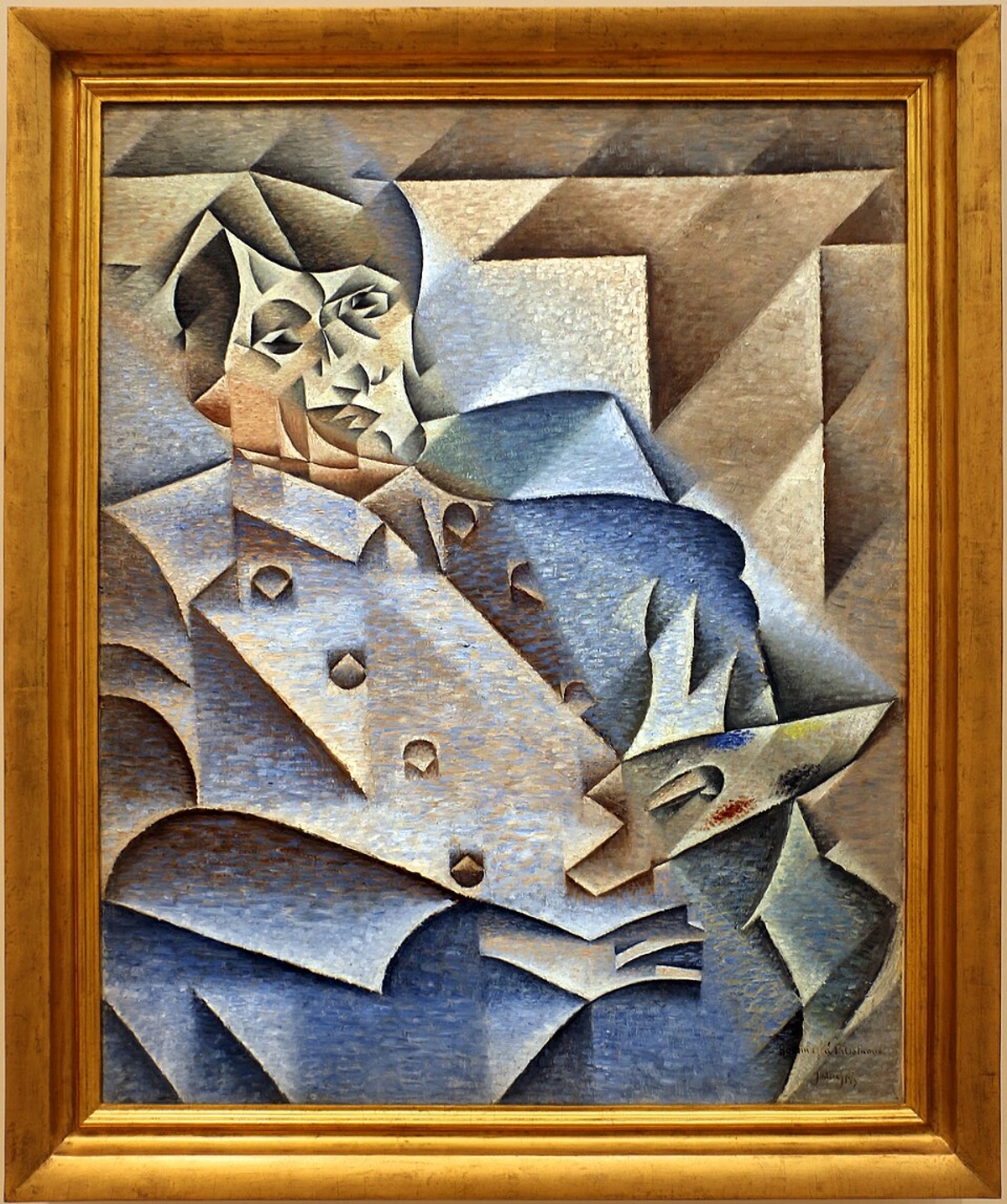
But the story isn't just European. Artists like Frida Kahlo and Diego Rivera in Mexico, or Joaquín Torres García in Uruguay, developed distinct modernisms deeply rooted in their own cultures and histories. Their engagement with indigenous art, social realism, and unique forms of abstraction created powerful legacies that continue to resonate and inform contemporary practice across the region. For instance, contemporary artists might revisit the visual language of pre-Columbian art or the social commentary of the muralists, reinterpreting them through a modern lens to address current issues of identity or inequality.
Contemporary art, as we generally define it (roughly post-1970s, though that's a fuzzy line, as I discuss in when contemporary art started), has its own distinct trajectory in Spanish-speaking countries. This period is often used as a marker because it coincides with significant political shifts. This path was profoundly shaped by specific local and global events, particularly the transitions from dictatorships to democracy in Spain (post-Franco, starting in the mid-1970s) and many Latin American nations (post-military regimes, varying timelines). This period saw artists grappling with newfound freedoms, confronting suppressed histories, and exploring national identity in powerful new ways. In Spain, the post-Franco era saw the explosion of cultural expression known as La Movida Madrileña, which, while not solely an art movement, profoundly influenced artists with its spirit of liberation, experimentation, and embrace of counter-culture across music, film, fashion, and visual arts. In Latin America, artists often used conceptual and performance art (art focused on ideas or actions rather than traditional objects) to process trauma, demand justice, and reclaim public space after years of repression. This history directly informs the themes we see today.
Spain vs. Latin America: Distinct, Yet Connected
It's crucial to understand that while they share a language and historical ties, contemporary art in Spain and Latin America are distinct scenes. Spain's scene is deeply integrated into the European market and institutions, with major museums and a strong gallery system. Latin American scenes are incredibly diverse regionally, often grappling more directly with post-colonial issues, social inequality, and political instability, which frequently manifests in more politically charged or socially engaged art. There's cross-pollination, absolutely, artists move between continents, ideas flow, but they are not interchangeable. Think of it like British art and American art – related, but very much their own things. Yet, there's also a shared dialogue around language, history, and identity that creates fascinating connections and mutual influences across the Atlantic.
Key Themes, Voices, and Artists
So, what kind of conversations are these artists having? It's incredibly diverse, reflecting the many countries and cultures involved. Trying to list them all would be impossible (and probably make my head spin), but some recurring themes pop up, often explored through compelling individual voices and a wide range of mediums, from traditional painting and sculpture to video, performance, installation, photography, and vibrant street art. It's a dynamic mix that reflects the complexity of the cultures themselves.
- Identity and History: Many artists grapple with national identity, indigenous heritage, migration, and the lingering effects of historical events like colonialism and political conflict. Colombian artist Doris Salcedo, for instance, creates sculptures and installations that mourn violence and displacement, using everyday objects imbued with personal and collective memory. Her work, like Shibboleth (a crack in the floor of Tate Modern), is incredibly powerful, often physically demanding to create, and leaves a lasting emotional impact. Also consider Teresa Margolles (Mexico), whose stark, often confronting work addresses social violence, death, and the drug war, using materials and sites directly linked to trauma.
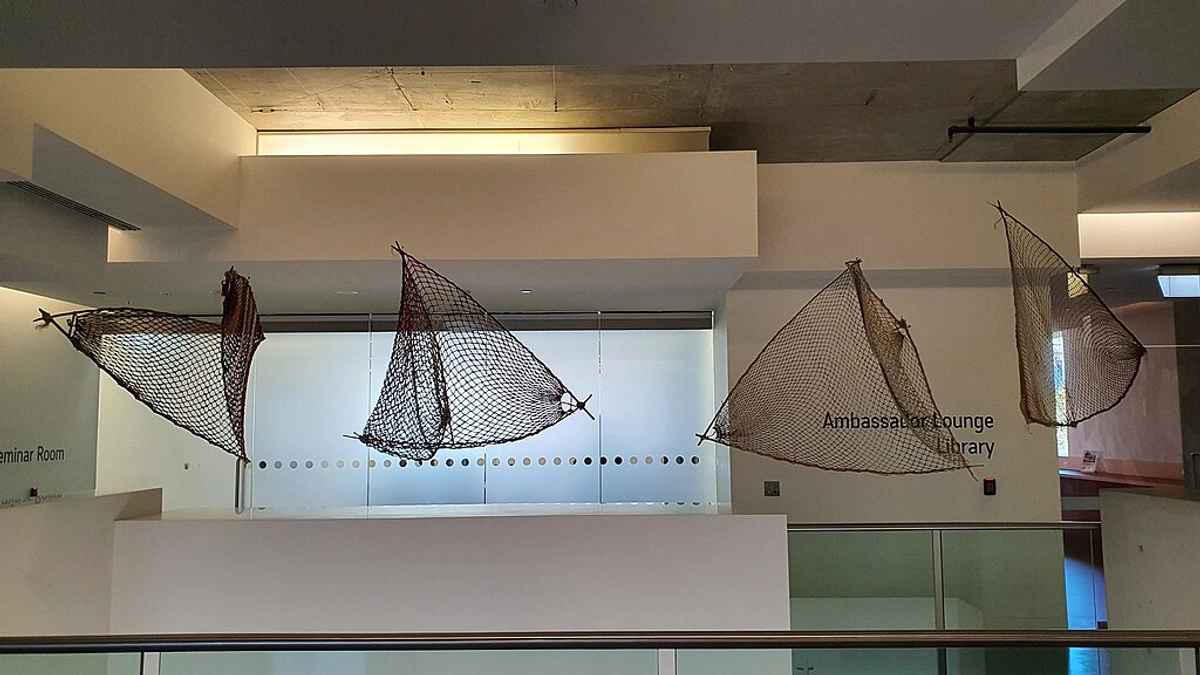
- Social and Political Commentary: Art is often a powerful tool for critique, addressing issues like inequality, corruption, violence, human rights, and environmental concerns. Cuban artist Tania Bruguera is known for her performance and installation art that directly confronts political power and censorship, often inviting audience participation to highlight social dynamics. Her pieces, such as Tatlin's Whisper #5, can be challenging, sometimes even controversial, but they force you to think about the role of the artist in society. Spanish artist Santiago Sierra is another prominent figure whose controversial performances and installations expose exploitative labor practices and social structures.
- Abstraction and Form: While narrative and social commentary are strong, there's also a rich tradition of exploring form, color, and material, pushing the boundaries of what art can be. Mexican artist Gabriel Orozco works across various mediums, from sculpture and photography to drawing and installation, often finding beauty and meaning in everyday objects and ephemeral moments. His approach feels almost philosophical, turning the mundane into something profound, like his La DS (a modified Citroën car). (If you're curious about why abstraction resonates, read what makes abstract art compelling). Brazilian artist Beatriz Milhazes (though Portuguese-speaking, her influence is regional) creates vibrant, kaleidoscopic abstract paintings drawing on Brazilian culture, nature, and decorative arts. And in Spain, artists like Cristina Iglesias explore abstract forms through immersive sculptural environments, often engaging with architecture and nature.
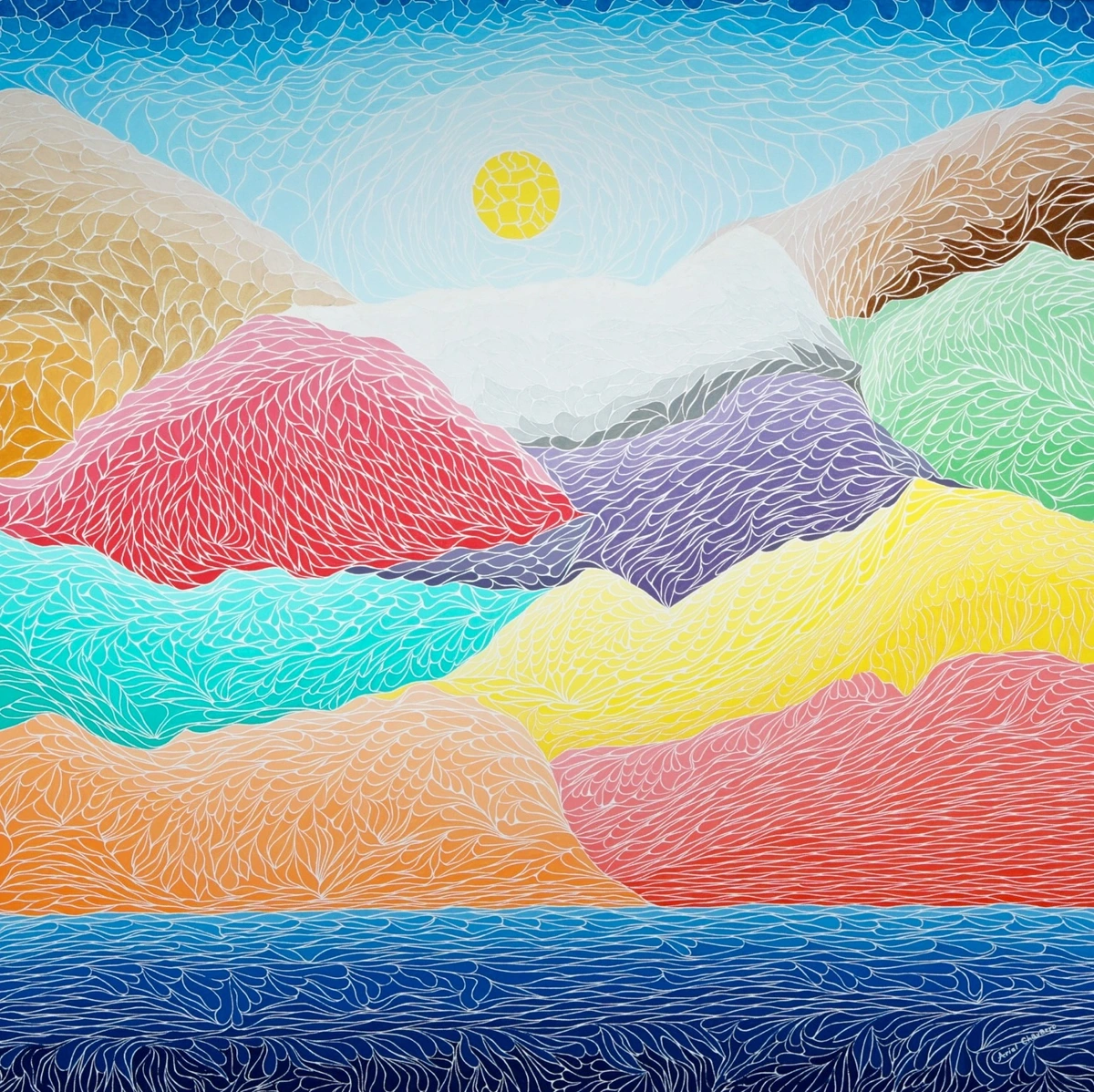
- Body and Performance: The human body and performance art are significant in exploring identity, gender, and social constraints. Artists use their own bodies or engage performers to create ephemeral works that challenge norms and provoke dialogue. Think of artists like Ana Mendieta (Cuban-American), whose Silueta series explored themes of identity, body, and nature through ephemeral performances and earth art, or Regina José Galindo (Guatemala), known for her visceral performance art addressing violence, injustice, and gender issues in her country.
- Urban Intervention and Street Art: From the murals of Mexico City and the vibrant favelas of Brazil to the politically charged graffiti of Buenos Aires and the interventions in Spanish cities like Barcelona and Valencia, street art is a vital, accessible form of contemporary expression, often carrying strong social or political messages. Artists like Os Gemeos (Brazil) or collectives like Boa Mistura (Spain) have gained international recognition for their large-scale murals that engage with community and urban space. This is art that lives and breathes with the city itself.
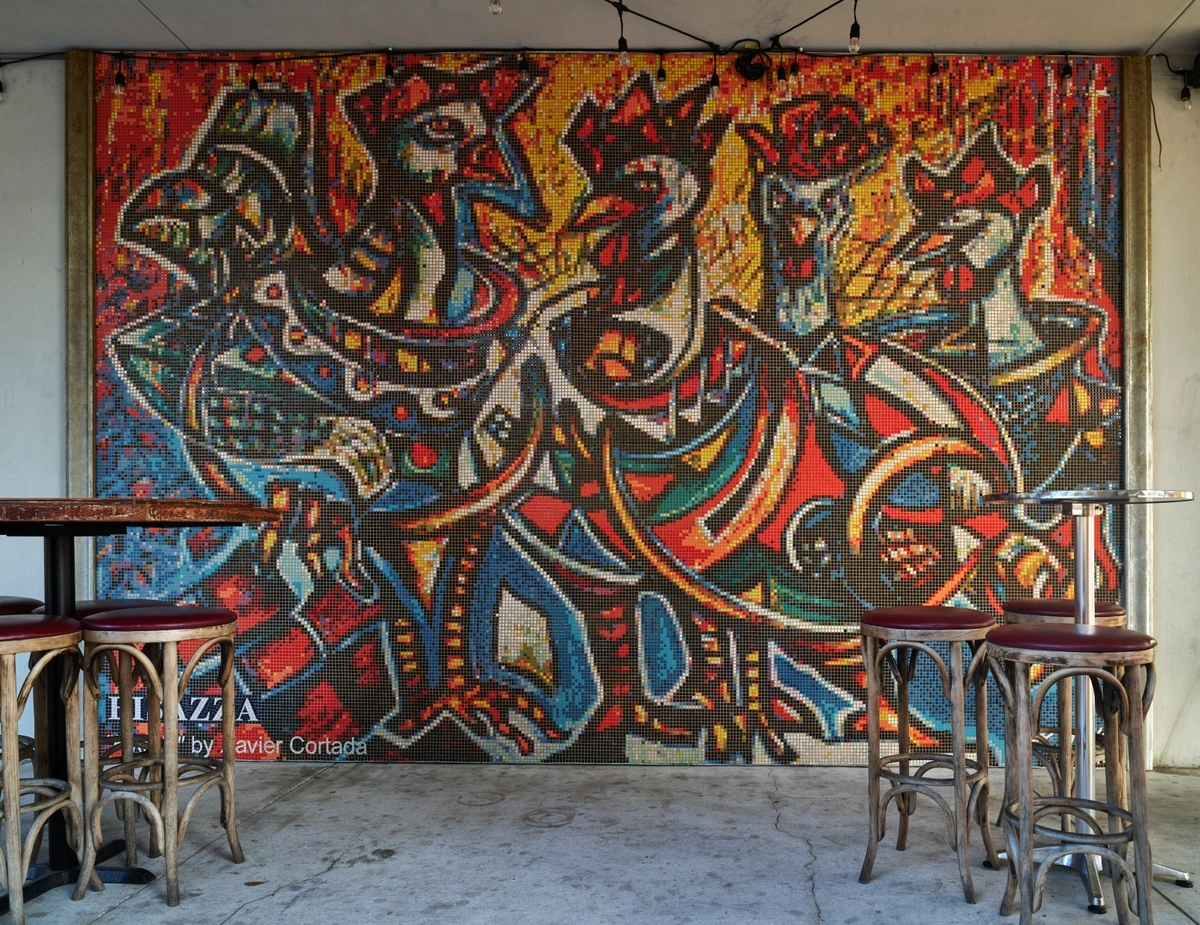
- Photography and Video Art: These mediums are increasingly central, used to document social realities, explore personal narratives, and create immersive installations. Artists like Graciela Iturbide (Mexico) are renowned for their powerful documentary photography capturing Mexican life and indigenous communities, while artists like Pipilotti Rist (Swiss, but with significant influence and engagement in Latin America) create vibrant, often playful video installations that explore the body, nature, and technology. Spanish artist Cristina de Middel is another key figure, known for her conceptual photography that blurs the lines between documentary and fiction.
- Globalization and Transnationalism: Contemporary artists from these regions are deeply engaged with global flows of information, migration, and cultural exchange. Their work often reflects on the experience of diaspora, hybrid identities, and the interconnectedness of the world. Artists like Gabriel Kuri (Mexico), who often uses everyday objects to comment on economic systems and global trade, or those exploring themes of migration between Latin America, Spain, and other parts of the world, exemplify this theme. It's a constant dialogue between the local and the global.
Beyond these themes, artists also engage with traditional crafts, incorporating techniques like weaving, ceramics, or metalwork into contemporary installations, bridging historical practices with modern concerns. The use of found objects and everyday materials is also prevalent, often imbuing the work with a sense of immediacy and connection to daily life and its struggles. I remember hearing about an artist who incorporated discarded fishing nets into a sculpture, a quiet but powerful comment on environmental issues and local industry – a small example of how materials tell stories.
A Continent of Scenes: Regional Nuances in Latin America
While we often group Latin American art together, it's crucial to remember the vast differences between countries and regions. Each has its own history, political landscape, and cultural specificities that shape its art scene. Understanding these nuances adds so much depth to appreciating the art. It's not a single story, but many interwoven narratives.
Here's a glimpse into some key regional scenes:
- Mexico: A long history of muralism and political art continues to influence contemporary artists, alongside a strong conceptual art scene. Mexico City is a major hub, home to institutions like the Museo Universitario Arte Contemporáneo (MUAC) and a thriving gallery scene in neighborhoods like Roma and Condesa. Artists like Abraham Cruzvillegas (known for his 'autoconstrucción' sculptures) are prominent figures.
- Central America: Often overlooked compared to its larger neighbors, Central America has vibrant, distinct scenes grappling with issues of identity, history, violence, and environment. Countries like Guatemala, Costa Rica, and El Salvador have artists creating powerful work, often in performance, video, and installation, reflecting unique local contexts and challenges.
- Southern Cone (Argentina, Chile, Uruguay): Art here often grapples with the legacies of dictatorships, memory, and human rights, alongside vibrant experimental practices. Buenos Aires has a particularly rich history of avant-garde art and institutions like the Malba (Museo de Arte Latinoamericano de Buenos Aires). Chilean artist Alfredo Jaar is internationally recognized for his installations and public interventions addressing social and political issues.
- Brazil: While Portuguese-speaking, Brazil is an undeniable powerhouse of contemporary art in the region. Its inclusion is essential because of its sheer scale, its deep historical ties and cultural exchange with Spanish-speaking neighbors, and its artists' engagement with similar socio-political issues. Major institutions and events like the São Paulo Bienal make it a central player. Artists like Cildo Meireles (conceptual art) and Ernesto Neto (sculptural installations) are globally influential.
- Andean Region (Colombia, Peru, Ecuador, Bolivia): Artists here explore indigenous identity, the impact of conflict, environmental issues, and the complexities of modernization. Bogotá and Lima are significant centers. The Museo de Arte Miguel Urrutia (MAMU) in Bogotá is a key institution. Peruvian artist Sandra Gamarra Heshiki critically examines the history of art and representation, often through painting.
- Caribbean (Cuba, Dominican Republic, Puerto Rico): Art from the Caribbean often addresses themes of identity, migration, diaspora, and the unique cultural blend of the islands, often with a strong performance and installation presence. The Havana Biennial (Cuba) is a globally important event. Artists like Allora & Calzadilla (Puerto Rico, collaborative duo) are known for their interdisciplinary work engaging with political and social themes.
It's also worth noting the challenges artists in these regions often face, from economic instability and lack of consistent institutional support to political censorship and limited access to international markets compared to their European or North American counterparts. These challenges often fuel the urgency and resourcefulness seen in their work, pushing them towards innovative and often ephemeral or community-based practices. I've heard stories of artists creating incredible work with minimal resources, driven purely by the need to express something vital – it's both heartbreaking and inspiring.
Where to Experience It (Galleries, Museums & Events)
Experiencing this art firsthand is, of course, the best way to connect with it. Spain and Latin America are home to some incredible institutions and buzzing art scenes. (Speaking of buzzing art scenes, I've written guides to the best art cities and the best art city in europe if you're planning a trip!). Beyond the major museums and commercial galleries, keep an eye out for artist-run spaces, cultural centers, and foundations – these are often where the most experimental and community-engaged work is happening. University galleries, too, can be hidden gems, showcasing emerging talent and thought-provoking exhibitions.
Spain's Hubs
Madrid, Barcelona, and Bilbao are major centers. While the Prado is famous for its masters, Madrid's Reina Sofía Museum is a must for modern and contemporary Spanish art, housing Picasso's Guernica and works by artists like Cristina Iglesias (known for her immersive sculptural environments) and Antonio López García (renowned for his hyperrealist painting and sculpture). The Museo Thyssen-Bornemisza offers a fantastic bridge from old masters to modern art.
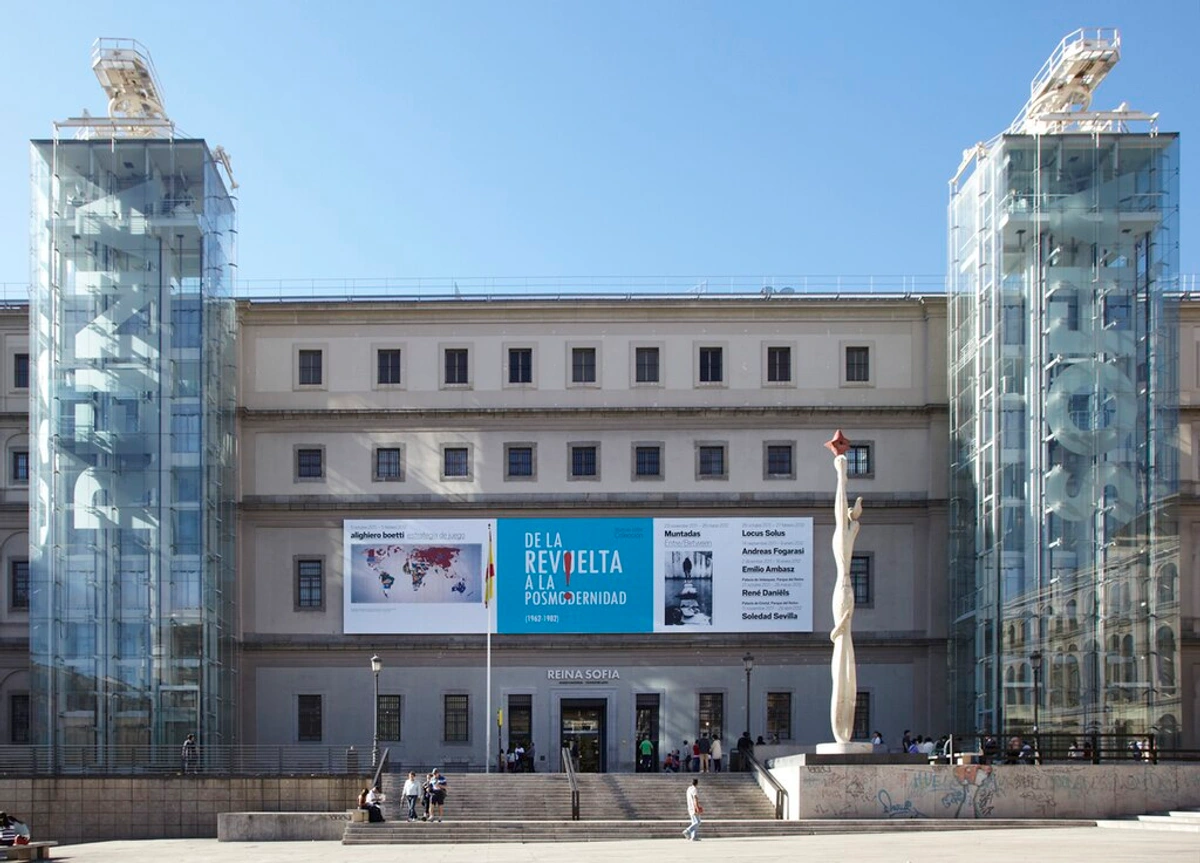
Bilbao, of course, has the iconic Guggenheim Museum, a stunning piece of architecture that hosts significant contemporary exhibitions, often with a global focus but including Spanish artists. Beyond the big museums, explore the commercial galleries in neighborhoods like Chueca and Lavapiés in Madrid, or the Eixample in Barcelona. They're where you'll find exciting emerging and mid-career artists.
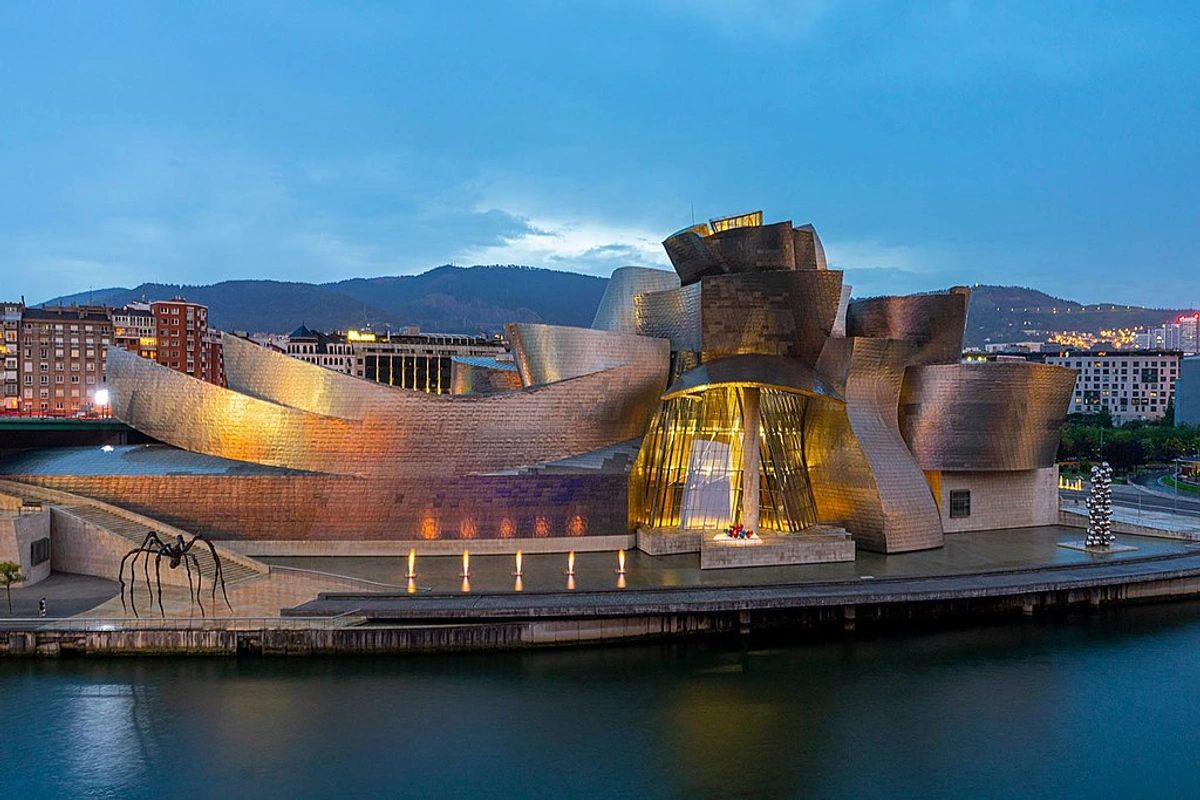
Latin American Scenes & Events
Latin America is a continent of vibrant art scenes. Mexico City is a powerhouse with institutions like the Museo Universitario Arte Contemporáneo (MUAC) and countless galleries. Buenos Aires has a rich history of avant-garde art and a thriving contemporary scene, home to the Malba. São Paulo (Brazil, Portuguese-speaking, but a major regional hub), Bogotá (with MAMU), Lima, and Santiago are also crucial cities for contemporary art.
Major events like the Havana Biennial (Cuba) and the São Paulo Bienal (Brazil) are internationally renowned platforms showcasing cutting-edge contemporary art from the region and beyond. The Mercosul Biennial in Porto Alegre, Brazil, is another important event focusing on Latin American art. Visiting these places, even just virtually through their websites, offers a window into the incredible diversity and energy of the art being made today. Seeing the art in its context, feeling the energy of the city around it – that's where the real connection happens.
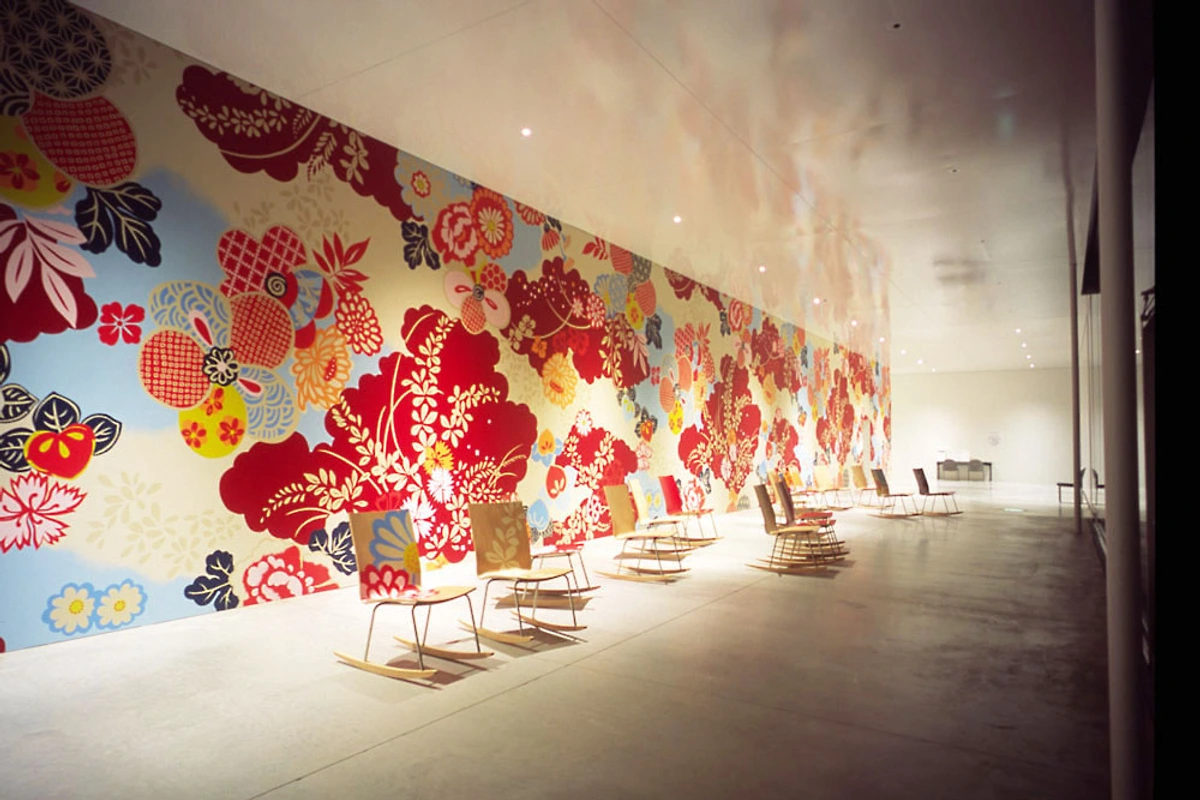
Collecting Contemporary Spanish & Latin American Art (From My Perspective)
Okay, let's talk about bringing some of this energy into your own space. Collecting contemporary art from Spanish-speaking regions can be incredibly rewarding. It's a chance to support artists with powerful voices and own pieces that resonate deeply.
Finding Your Connection
Like any collecting journey, it starts with looking. Look at online galleries, follow artists on social media, read articles (like this one!), and if you can, visit galleries and art fairs. (I have some thoughts on that if you're new to that scene). What themes or styles speak to you? Is it the bold abstraction, the poignant social commentary, or something else entirely? Don't feel pressured to buy something just because it's by a famous name or from a specific country. Buy what you love, what makes you think, what you want to live with. (This is something I always emphasize, whether you're looking for contemporary art for home or just starting to buy art). Attending local gallery openings or even studio visits (if you have the opportunity) can be an amazing way to connect with artists and their work on a personal level – it's a different energy than a big fair, more intimate.
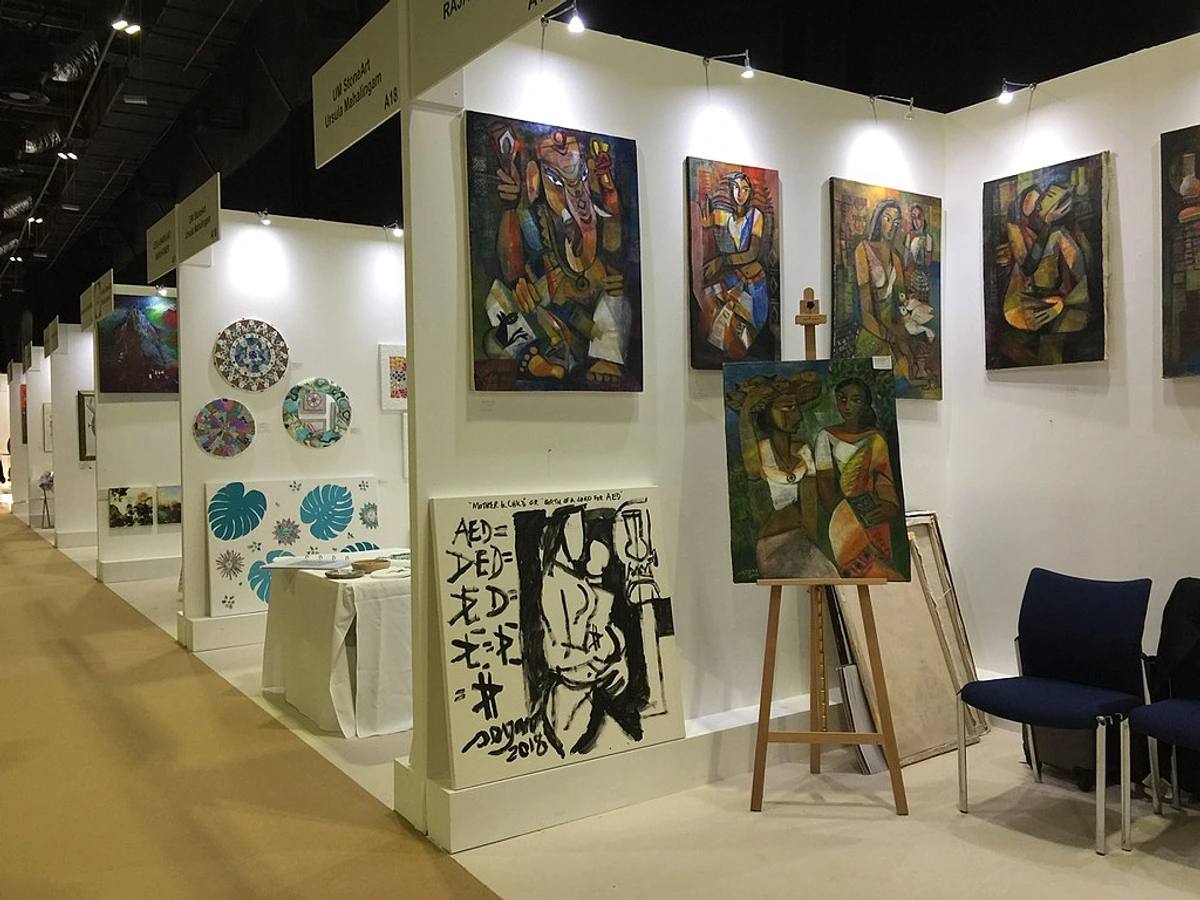
I remember seeing a small, vibrant painting by a Cuban artist online years ago. It was abstract, full of energy and color, and something about the composition just clicked with me. It wasn't a huge investment, but it felt like bringing a piece of that dynamic Caribbean spirit into my home. That personal connection is always the most important thing.
Navigating the Market
The market for contemporary Spanish and Latin American art is global. You can find artists represented by galleries in Madrid, New York, London, or online platforms like Artsy, Artnet, or specific regional online galleries. Prices vary hugely depending on the artist's career stage, medium, and size of the work. Don't be afraid to start small – prints or works on paper can be great entry points. (Speaking of prints, I happen to sell some of my own work as prints and originals over at /buy, if you're curious!).
Research is key. Look into the artist's background, exhibition history, and critical reception. (My guide on researching artists: what to look for before you buy might be helpful here). Buying from reputable galleries or online platforms is generally the safest bet. The market might feel less globally saturated than, say, the US or Western European markets in some areas, partly due to historical factors, less established international infrastructure in certain regions, or different local market dynamics. This can sometimes offer opportunities for discovery, but always do your homework. And hey, if you're ever in 's-Hertogenbosch, you could always visit my own little museum space /den-bosch-museum and see what I'm up to! It's a different scene, sure, but the passion for creating and sharing art is universal.
FAQ: Your Questions Answered (Personally, Of Course)
Got more questions? Totally understandable. It's a big topic! Here are a few common ones, with my take:
- Who are some must-know contemporary artists from these regions? Oh, where to start? Beyond the ones I mentioned (Doris Salcedo, Tania Bruguera, Gabriel Orozco, Cristina Iglesias, Ana Mendieta, Santiago Sierra, Os Gemeos, Boa Mistura, Teresa Margolles, Beatriz Milhazes, Regina José Galindo, Graciela Iturbide, Abraham Cruzvillegas, Alfredo Jaar, Cildo Meireles, Ernesto Neto, Sandra Gamarra Heshiki, Allora & Calzadilla, Antonio López García, Gabriel Kuri, Cristina de Middel), look into Carlos Cruz-Diez (Venezuela, Op Art), León Ferrari (Argentina, conceptual/political art), Liliana Porter (Argentina, printmaking/installation), and countless others! It's a rabbit hole, but a fun one.
- What role does street art play? A huge one! In many Latin American cities, street art is a powerful form of public expression, protest, and cultural identity. It's often more immediate and accessible than gallery art and plays a vital role in urban dialogue. Spain also has a thriving street art scene, though perhaps less overtly political in some areas than in parts of Latin America.
- Is contemporary art from these regions a good investment? Ah, the million-dollar question! Like any art market, it's complex. Some established artists command high prices, while emerging artists are more affordable but higher risk. The market has grown significantly, but it's still less globally saturated than, say, the US or Western European markets, potentially offering opportunities. But honestly, I always say buy what you love first. If it appreciates, great! If not, you still own something you connect with. (More thoughts on art as an investment here).
- How does indigenous art and culture influence contemporary art in Latin America? This influence is profound and multifaceted. Many contemporary artists draw directly from indigenous aesthetics, materials, cosmologies, and historical narratives. Others engage critically with the legacy of colonialism and the ongoing struggles of indigenous communities. It's a vital source of inspiration and a crucial lens through which to understand identity and history in the region.
- What about the role of the diaspora? Artists from Spanish-speaking countries living and working abroad play a significant role. They often act as cultural bridges, introducing their home country's art to international audiences and bringing global perspectives back. Their work frequently explores themes of migration, displacement, hybrid identity, and belonging, creating a dynamic dialogue between 'home' and 'away'.
- How can I learn more about specific regional scenes? Seek out regional galleries and museums (many have excellent websites), follow artists and galleries from those countries on social media, look for books and documentaries specifically on Latin American or Spanish contemporary art, and check out the websites of the biennials I mentioned. Dive deep into the places that pique your interest!
- Are there specific movements I should know? Less defined, contemporary art is more about individual artists and thematic concerns than rigid movements. However, understanding the impact of earlier movements like Conceptualism, Arte Povera (especially its influence in Latin America), and even local forms of abstraction or figuration is helpful. But don't get too hung up on labels; just look at the art!
- How has technology impacted contemporary art in these regions? Technology plays an increasing role, from digital art and video installations to artists using social media to connect directly with audiences and bypass traditional gatekeepers. It offers new tools for creation and dissemination, particularly important in regions where traditional infrastructure might be limited.
- What role do art fairs play beyond the major biennials? Regional and local art fairs are crucial platforms for artists to gain visibility and connect with collectors and galleries. They offer a more accessible entry point than the major international biennials and are vital for the health of local art ecosystems.
My Continuing Exploration
Exploring contemporary art from Spanish-speaking countries has been a truly enriching part of my own artistic journey. It's challenged my perspectives, introduced me to powerful stories, and shown me the incredible resilience and creativity that flourishes even in the face of adversity. It's a reminder that art is a universal language, but spoken with countless unique accents and dialects.
Whether you're a seasoned collector, a curious traveler, or just someone looking to broaden your artistic horizons, I highly encourage you to dive into this vibrant world. You might just find a piece, an artist, or a story that resonates deeply with you. And isn't that what art is all about? The connection.
If you're interested in my own work, which is often abstract and explores themes of emotion and connection, feel free to check out my timeline or browse the pieces available at /buy. It's a different conversation, perhaps, but one that comes from the same place of passion for creating and sharing. And if you've had your own experiences with art from these regions, or have a favorite artist I didn't mention, I'd love to hear about it in the comments below!





